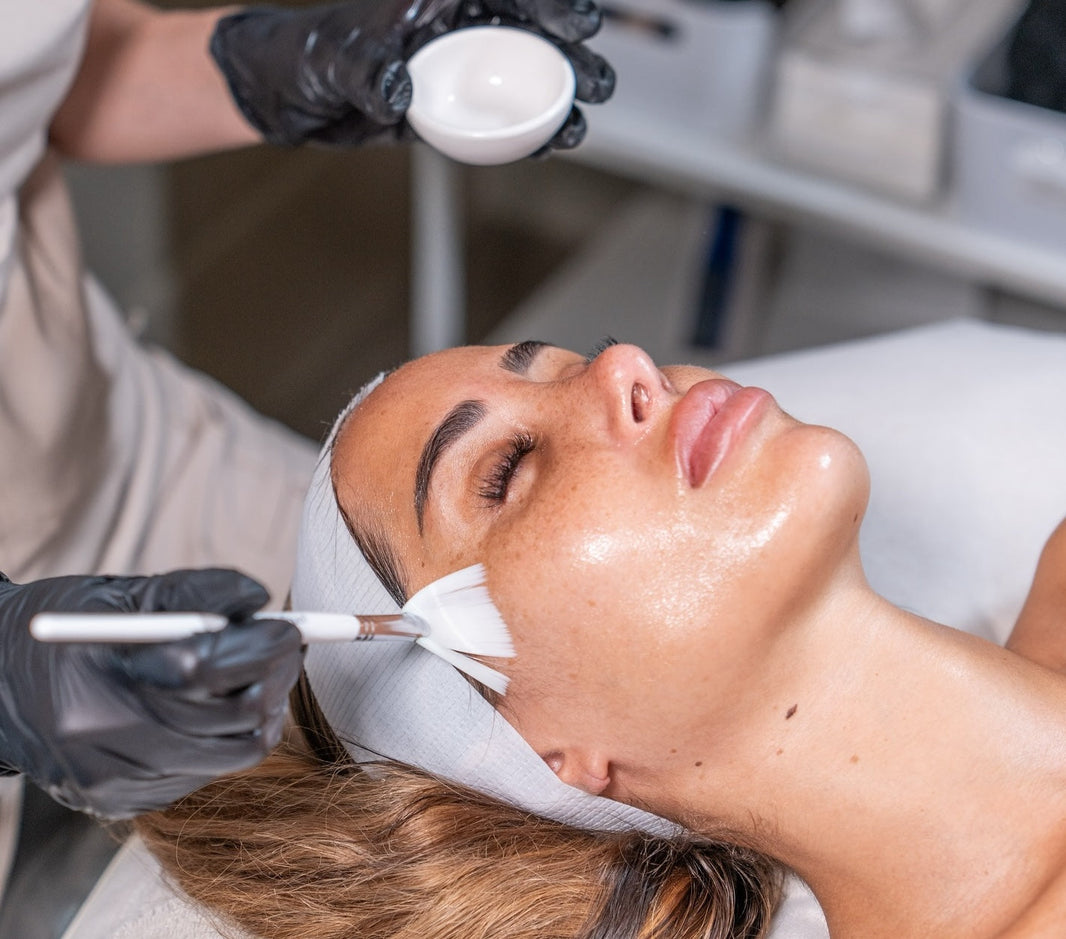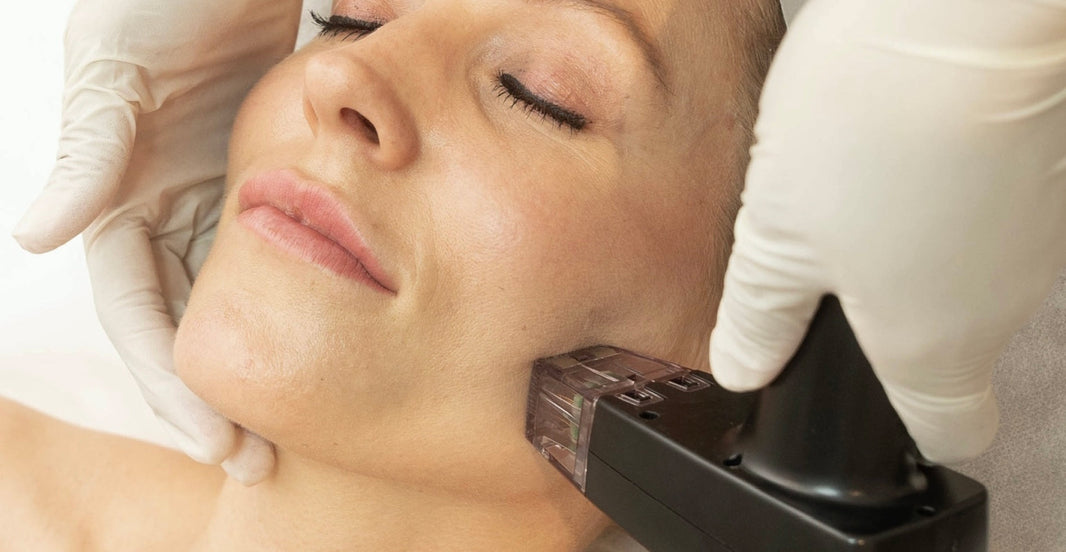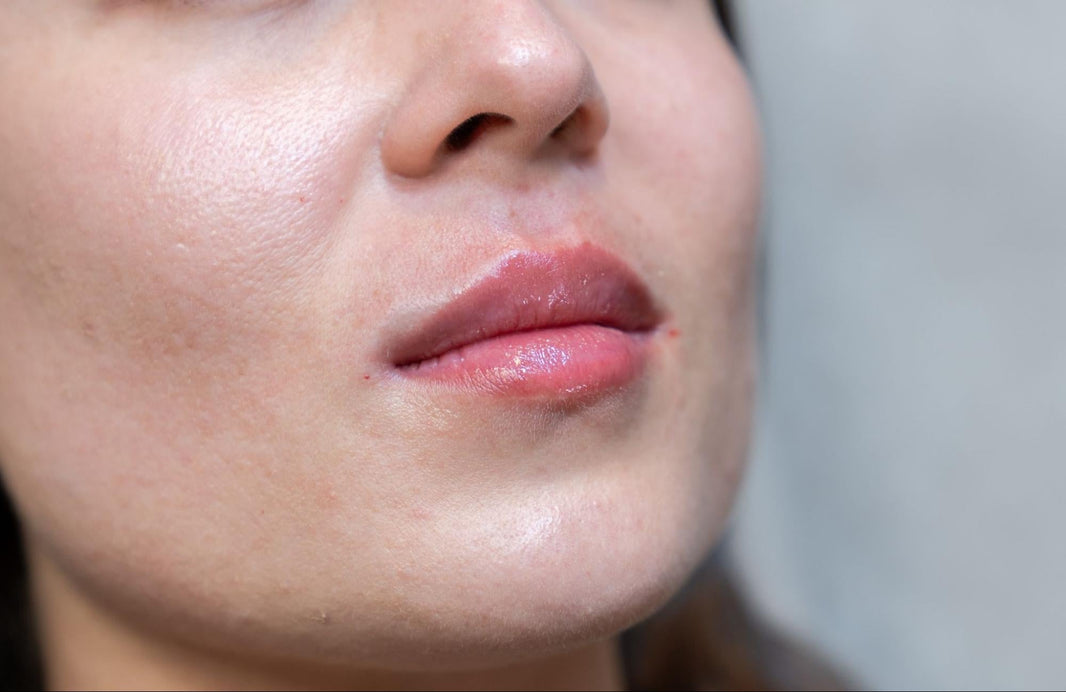Skin tags, also known as acrochordons, are small, soft growths commonly appearing on the skin. Skin tags usually develop in areas where skin rubs together, like the neck, armpits, eyelids, or under the breasts. They’re quite common, and most people will have at least one at some point in their lives.
Anyone can get skin tags, but they tend to be more common in older adults, people with diabetes, and those who are overweight. While they don’t cause health problems, they can sometimes get caught on clothing or jewellery, leading to discomfort.
In this article, we’ll help you understand skin tags—what they are, why they appear, and your options if you want to remove them. Whether you’re just curious or looking for solutions, this guide will give you the information you need to make the right choice for you.
What Are Skin Tags?
Skin tags are usually the same colour as your skin or slightly darker and can range in size from a few millimetres to a couple of centimetres. Most have a thin stalk that connects them to the skin, making them easy to move when touched.
They often appear in areas where skin rubs together, such as the neck, armpits, eyelids, under the breasts, or around the groin. While anyone can develop skin tags, they are more common in adults and people with certain health conditions, like diabetes or obesity.
Some people choose to have them removed for comfort or cosmetic reasons, but they don’t need treatment unless they become bothersome.
Causes of Skin Tags
Skin tags develop when extra skin cells grow in the upper layers of the skin. While the exact cause isn’t always clear, several factors can increase the likelihood of getting them.
-
Friction and Skin Rubbing
Skin tags often appear in areas where skin rubs against itself or clothing. This is why they are common in places like the neck, underarms, and groin. Constant friction may trigger excess skin cell growth, leading to the formation of a tag.
-
Genetic Predisposition
Some people are more likely to develop skin tags because of their family history. If your parents or close relatives have had them, there’s a higher chance you might get them, too. This suggests that genetics may play a role in how the skin responds to friction and other factors.
-
Hormonal Changes (e.g., pregnancy)
Hormonal shifts, especially during pregnancy, can increase the likelihood of skin tags. Changes in hormone levels may affect skin growth, leading to the development of small, soft growths in areas where the skin folds or stretches.
-
Associated Health Conditions (diabetes, obesity, metabolic syndrome)
Certain health conditions, like diabetes, obesity, and metabolic syndrome, are linked to a higher risk of skin tags. Insulin resistance, which is common in these conditions, may play a role in their formation. People who are overweight may also experience more friction in skin folds, further increasing the chances of developing skin tags.
Professional Skin Tag Removal Treatments
If a skin tag is causing discomfort or you simply want it removed, a healthcare professional can safely do the procedure in a clinic. Several methods are available, depending on the size and location of the skin tag.
-
Cryotherapy (Freezing with Liquid Nitrogen)
Cryotherapy involves applying liquid nitrogen to the skin tag, which freezes and destroys the tissue. Over time, the tag shrinks and falls off. The procedure is quick, though you may feel a brief stinging or burning sensation. After treatment, the area may scab over before healing completely.
-
Electrosurgery (Burning with Heat or Laser)
Electrosurgery or laser skin tag removal method uses heat to remove the skin tag. A device either burns the tag off directly or stops the blood supply so it falls off later. It’s a fast procedure and often prevents bleeding. A small scab may form but usually heals without leaving a scar.
-
Excision (Cutting with Scalpel or Surgical Scissors)
In this procedure, a doctor uses a scalpel or sterile scissors to cut off the skin tag. If necessary, a local anaesthetic is applied to numb the area. This method provides instant removal, and the wound usually heals quickly.
-
Ligation (Cutting off Blood Supply to Make It Fall Off)
Ligation involves tying a small surgical thread around the base of the skin tag to cut off its blood supply. The tag gradually shrivels without circulation and falls off within a few days. This method is often used for larger skin tags.
At-Home Skin Tag Removal: Is It Safe?
There are several over-the-counter treatments available for removing skin tags at home. Freeze kits use a similar method to cryotherapy, applying a cold substance to the skin tag to make it fall off over time. Some creams claim to dry out the tag, causing it to shrink and disappear. While these options might work for some, they don’t always give reliable results.
DIY removal methods, like cutting or tying off a skin tag yourself, come with risks. There’s a chance of infection, bleeding, or scarring, especially if the area isn’t properly sterilised. Another concern is misdiagnosis, what looks like a harmless skin tag could be something else, like a mole or another type of skin growth that needs medical attention.
If you’re considering removing a skin tag, it’s best to consult a healthcare professional first. They can confirm whether it’s safe to remove and recommend the best method for your situation.
Preventing Skin Tags
While skin tags can’t always be prevented, certain habits may help reduce the chances of developing them. Since they often form in areas where skin rubs together, small changes in daily routines can make a difference.
-
Lifestyle Adjustments
Maintaining a healthy weight can help lower the risk of skin tags, as excess weight can create more skin folds and friction. Regular exercise and a balanced diet support overall skin health and may help reduce the likelihood of new skin tags forming. If you notice certain areas of your skin rubbing together frequently, wearing breathable clothing or using a protective barrier, like powder, may help minimise friction.
-
Skincare Habits to Minimise Irritation
Keeping the skin clean and dry can help prevent irritation that might contribute to skin tag development. Moisturising regularly can reduce friction, especially in areas where the skin folds. If you shave areas like your neck or underarms, using a sharp, clean razor and gentle shaving techniques can help prevent irritation that might lead to skin tags over time.
-
Avoiding Jewellery or Clothing That Causes Skin Rubbing
Tight clothing or jewellery that constantly rubs against the skin can create irritation, increasing the likelihood of skin tags. Choosing looser-fitting clothes and avoiding necklaces or accessories that cause friction on the skin may help. Adjusting what you wear can prevent further irritation if you notice redness or irritation in certain areas.
While skin tags are harmless, making these small adjustments can help reduce friction and irritation, which may lower the chances of developing them.
Frequently Asked Question About Skin Tags
What causes skin tags?
Skin tags often develop in areas where skin rubs together. Factors like friction, genetics, hormonal changes, and conditions such as obesity or diabetes can increase the likelihood of getting them.
How can I remove a skin tag?
A healthcare professional can remove a skin tag by freezing, burning, cutting, or tying it off. At-home treatments exist, but they come with risks like infection or scarring.
Are skin tags a sign of a health problem?
Skin tags are usually harmless, but having many may be linked to insulin resistance or other metabolic conditions. If you're unsure, it's best to check with a doctor.
Is it safe to pick or pull off a skin tag?
No, removing a skin tag yourself can lead to bleeding, infection, or scarring. It’s best to have it removed professionally if it bothers you.
Will skin tags grow back after removal?
Once a skin tag is removed, it doesn’t grow back, but new ones may appear in other areas over time.
Related Articles
Cart
Don't miss out on the best deals!
Your cart may be empty now, but let us help you fill it up with amazing products.
- Choosing a selection results in a full page refresh.



 hristmas
hristmas



